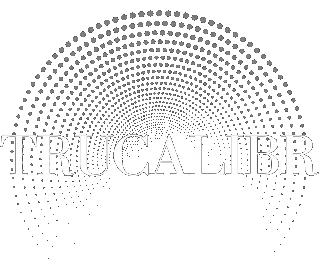Red light therapy, also known as low-level laser therapy (LLLT) or photobiomodulation, is a non-invasive treatment that has gained popularity in recent years for its potential health benefits. This therapy involves exposing the body to low levels of red or near-infrared light, which is believed to stimulate cellular function and promote healing.
How Does Red Light Therapy Work?
Red light therapy works by penetrating the skin and stimulating the mitochondria, the powerhouse of our cells. The red or near-infrared light is absorbed by the mitochondria, which then triggers a series of biochemical reactions that enhance cellular function.
One of the key mechanisms behind red light therapy is its ability to increase the production of adenosine triphosphate (ATP), the molecule responsible for storing and transferring energy within our cells. By increasing ATP production, red light therapy helps to fuel cellular processes and promote tissue repair and regeneration.
Benefits of Red Light Therapy
Red light therapy has shown promise in a wide range of applications, including skin health, pain relief, and wound healing. Here are some of the potential benefits:
1. Skin Health:
Red light therapy has been found to stimulate collagen production, which can improve the appearance of wrinkles, fine lines, and scars. It may also help reduce inflammation and promote a more youthful complexion.
2. Pain Relief:
Studies have shown that red light therapy can help alleviate pain and inflammation associated with conditions such as arthritis, fibromyalgia, and muscle soreness. The therapy is believed to reduce pain by increasing blood flow and reducing inflammation in the affected area.
3. Wound Healing:
Red light therapy has been shown to accelerate the healing process of wounds, including diabetic ulcers and burns. It helps to increase blood circulation, promote the formation of new blood vessels, and stimulate the production of collagen, which are all essential for wound healing.
4. Mental Health:
There is also evidence to suggest that red light therapy may have positive effects on mental health. Some studies have shown that it can improve mood, reduce symptoms of depression, and enhance cognitive function.

What to Expect During a Red Light Therapy Session
Red light therapy sessions typically take place in a professional setting, such as a spa or wellness center. During the session, you will be exposed to the red or near-infrared light for a specific duration, depending on the desired outcome and the area being treated.
The therapy is non-invasive and painless, with no downtime or recovery period. It is generally well-tolerated, although some individuals may experience mild warmth or tingling sensations during the session.
Safety Considerations
Red light therapy is considered safe for most people when used correctly. However, there are a few precautions to keep in mind:
1. Eye Protection: It is essential to wear appropriate eye protection, such as goggles or eye shields, to protect your eyes from the intense light during the session.
2. Photosensitivity: If you are taking any medications or have a medical condition that makes your skin more sensitive to light, consult with your healthcare provider before undergoing red light therapy.
3. Pregnancy: While there is limited research on the effects of red light therapy during pregnancy, it is generally recommended to avoid the treatment or seek medical advice before proceeding.
Conclusion
Red light therapy holds promise as a non-invasive treatment for various conditions, from skin health to pain relief and wound healing. By harnessing the power of red and near-infrared light, this therapy stimulates cellular function and promotes natural healing processes within the body.
As with any treatment, it is important to consult with a healthcare professional before starting red light therapy, especially if you have any underlying medical conditions or are taking medications. With proper precautions and guidance, red light therapy may offer a safe and effective adjunctive therapy for improving overall well-being.







